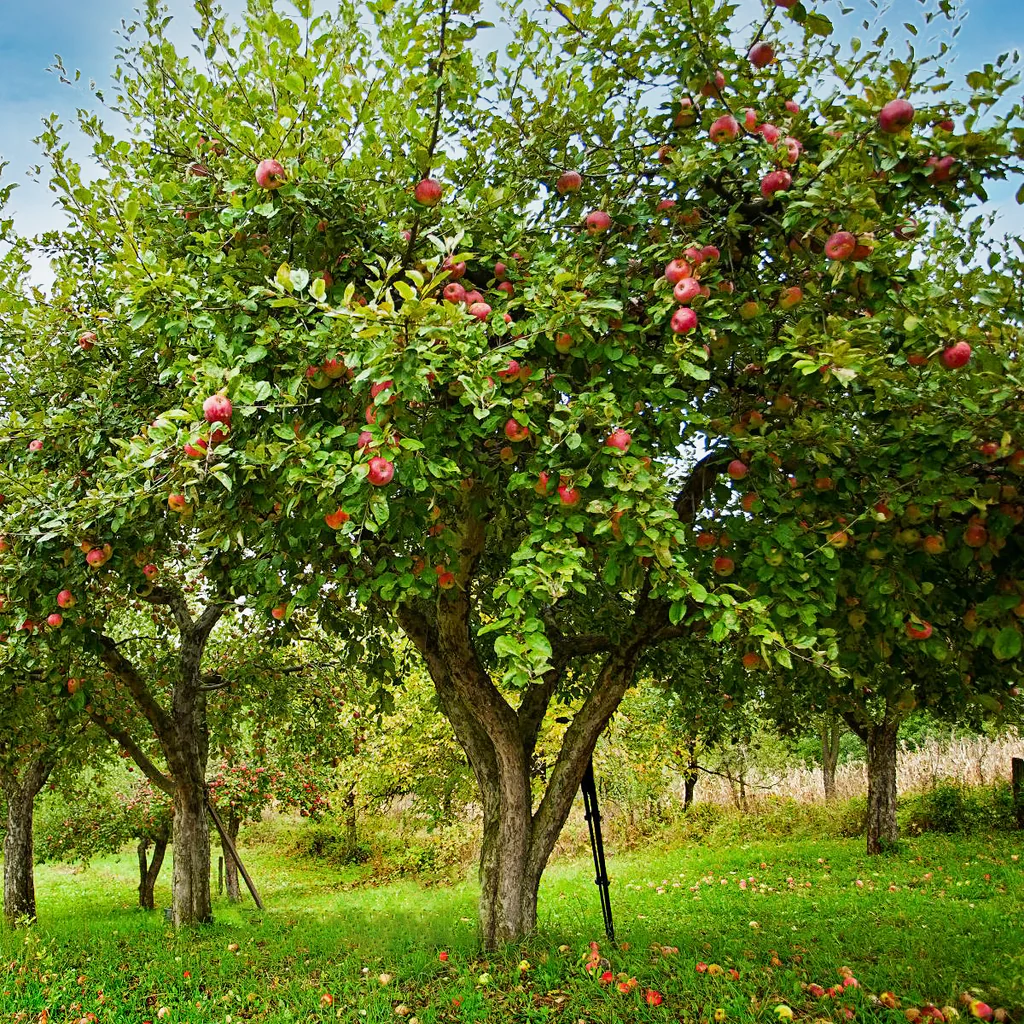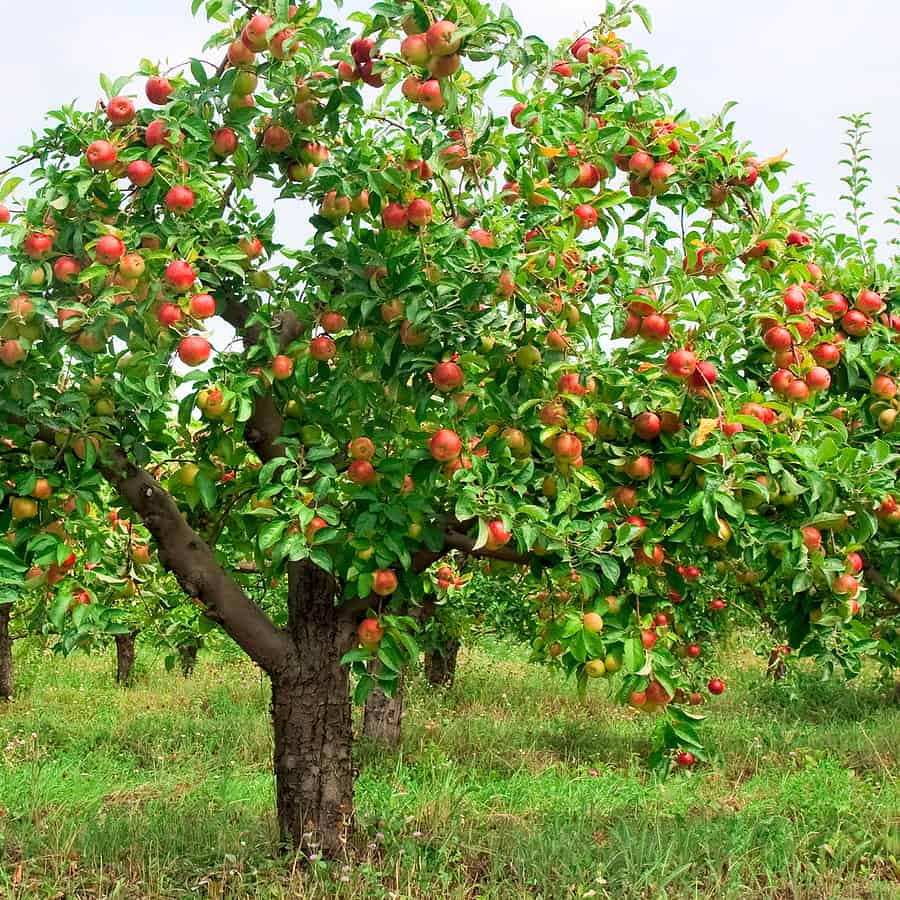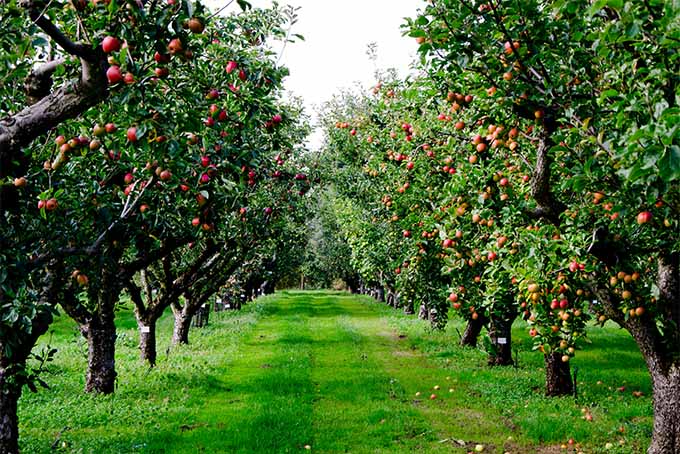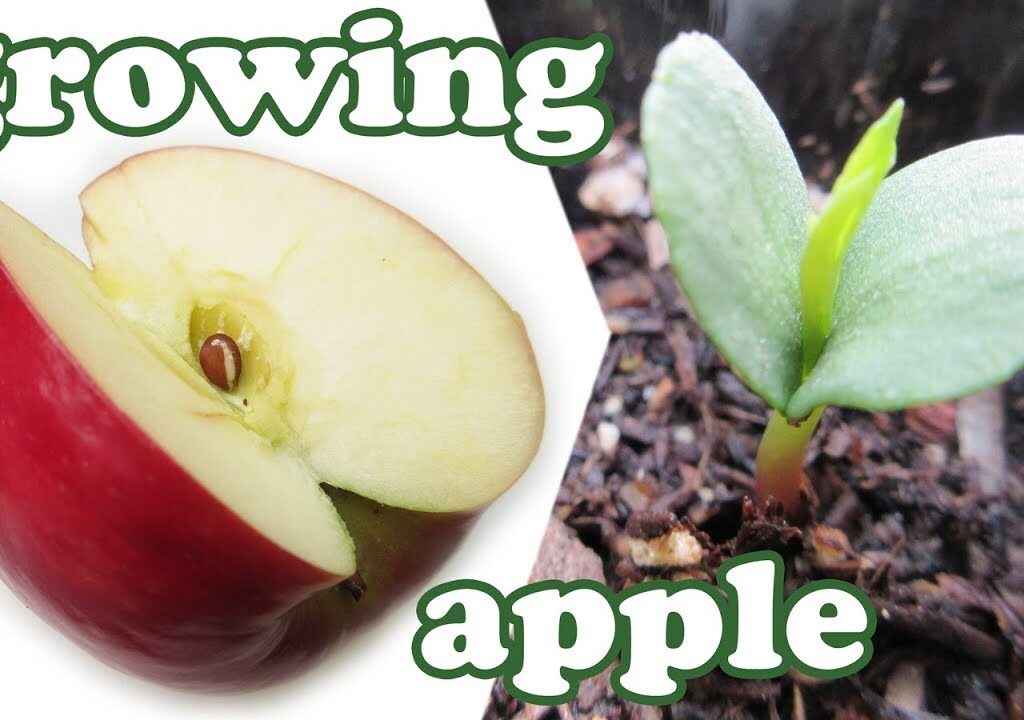How to Plant an Apple Tree
Planting an apple tree is a rewarding experience, whether you’re a seasoned gardener or just starting out. Imagine picking fresh, crisp apples from your very own tree—there’s nothing quite like it! This guide will walk you through everything you need to know to get your apple tree off to a great start. Let’s dive in!
Introduction
Importance of Planting Apple Trees
Apple trees aren’t just about delicious fruit; they bring beauty to your garden and provide habitat for local wildlife. Plus, growing your own apples means you can enjoy fresh fruit free from pesticides. It’s a fantastic way to connect with nature and have a bit of fun in your yard!

Benefits of Growing Your Own Apples
Aside from the obvious benefit of fresh apples, growing your own fruit can save money and give you control over how your produce is grown. It’s also an excellent way to get kids involved in gardening, teaching them about nature and responsibility.
Choosing the Right Apple Tree
Understanding Apple Varieties
Not all apple trees are created equal. There are hundreds of varieties, each with its unique flavor and growing needs. Some are better for eating fresh, while others are ideal for cooking or making cider. Researching which varieties do well in your region and match your taste preferences is crucial.
Selecting Disease-Resistant Varieties
Disease resistance can save you a lot of hassle down the line. Look for apple tree varieties that are known for their resistance to common diseases like apple scab, powdery mildew, and fire blight. This will help ensure a healthier tree and better fruit production.
Considering Climate and Soil Conditions
Apple trees thrive in temperate climates with cold winters and moderate summers. Make sure you choose a variety that suits your local climate. Additionally, apple trees prefer well-drained soil with a pH between 6.0 and 7.0. Testing your soil and amending it as needed will set your tree up for success.
Preparing for Planting
Best Time to Plant Apple Trees
The ideal time to plant apple trees is in the early spring or fall. Planting in spring gives the tree time to establish roots before summer’s heat, while fall planting allows the tree to settle in before winter dormancy. Avoid planting during extreme weather conditions.
Selecting the Ideal Location
Choose a sunny spot for your how to plant an apple tree
, as they need plenty of light to thrive. Ensure the location is sheltered from strong winds, which can damage the tree and its branches. Good air circulation around the tree is also important to reduce the risk of diseases.
Soil Preparation and Testing
Prior to planting, clear the soil of any weeds and rocks. Conduct a soil test to check for pH and nutrient levels. Based on the results, you might need to amend the soil with compost or other organic matter to improve its quality.
Planting Your Apple Tree
Tools and Materials Needed
You’ll need a few basic tools: a shovel or spade, a garden fork, compost or organic matter, and mulch. Having these on hand will make the planting process smoother and more efficient.

Planting Techniques
Positioning the Tree
Position the apple tree right in the middle of the hole. Make sure the graft union (the bulge where the tree was grafted onto the rootstock) is level with or slightly above the soil surface. This ensures proper growth and prevents the tree from developing problems.
Backfilling the Hole
Carefully backfill the hole with the soil you removed, mixing in some compost to enrich it. Gently tamp down the soil as you go to remove air pockets and ensure good root-to-soil contact.
Caring for Your Apple Tree
Watering Requirements
Freshly planted apple trees require consistent watering to develop a strong root system. how to plant an apple tree
Ensure they receive deep watering once a week, particularly in dry spells. Over time, as the tree grows, it will adapt to withstand drought conditions better.
Fertilization Schedule
Feed your apple tree with a balanced fertilizer in early spring before new growth starts. Adhere to the manufacturer’s guidelines regarding the suggested application rates.
Pruning for Health and Shape
Pruning helps maintain the shape of the tree and encourages healthy growth. Eliminate damaged or unhealthy branches and reduce dense areas to enhance air flow. Trim in late winter or early spring, before the onset of new growth.
Pest and Disease Management
Frequently examine your how to plant an apple tree
for any indications of pests or illnesses. Common issues include aphids, spider mites, and apple maggots. Use organic treatments or consult a local extension office for advice on managing these problems.
Mulching for Moisture Retention
Keep the mulch layer around the tree consistent. This helps retain soil moisture, reduces competition from weeds, and maintains a stable root environment.
Harvesting Techniques
Use clean, sharp pruners or shears to cut how to plant an apple tree
. Handle them gently to avoid bruising. Place harvested apples in a clean container and avoid piling them too high to prevent damage.
Storing and Using Your Apples
Store apples in a cool, dry place, ideally in a refrigerator or a cool cellar. Apples can be eaten fresh, used in cooking, or preserved through canning or making cider.
Common Mistakes to Avoid
Overwatering and Underwatering
Finding the right balance is key. Too much water can lead to root rot, how to plant an apple tree
while too little can cause the tree to suffer from drought stress. Modify your watering routine according to the weather and the dampness of the soil.

Neglecting Pruning and Maintenance
Regular maintenance is essential for a healthy apple tree. Neglecting pruning and pest management can lead to reduced fruit production and overall tree health.
Conclusion
Planting an apple tree is a rewarding endeavor that offers a range of benefits. By choosing the right variety, preparing properly, and caring for your tree, you can enjoy a fruitful harvest for years to come. Remember to stay attentive to your tree’s needs and you’ll be well on your way to enjoying homegrown apples.
